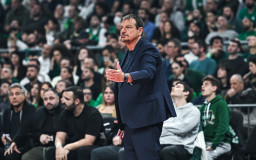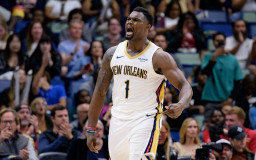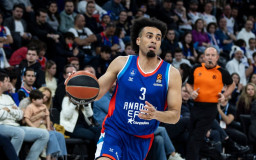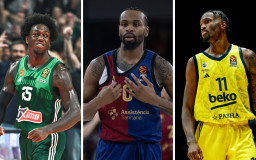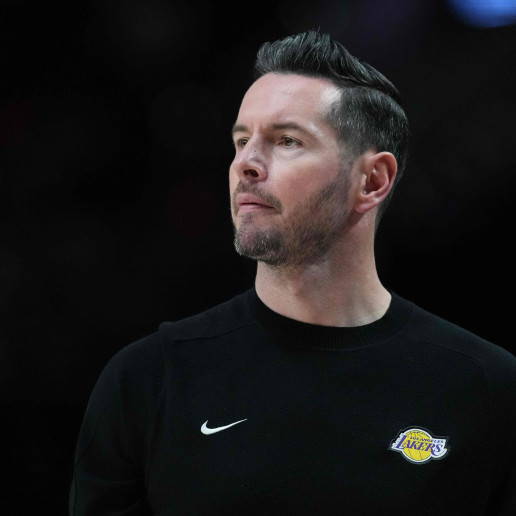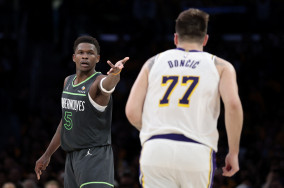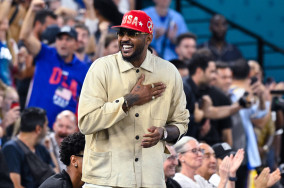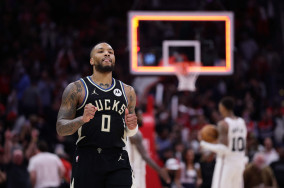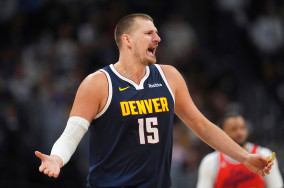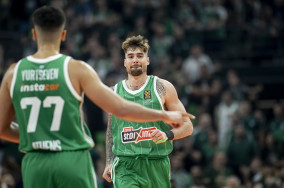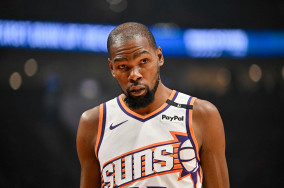JJ Redick is at a crossroads as the Lakers look to bounce back from a tough Game 1 loss to the Timberwolves.
The Minnesota Timberwolves shocked many with their dominant Game 1 performance against the Los Angeles Lakers in the opening round of the playoffs. It wasn't just a win—it was a statement.
The Wolves controlled the game on both ends of the floor, outplaying JJ Redick's team from start to finish.
After such a tough loss, Redick now faces key decisions and necessary adjustments heading into Game 2.
His defensive philosophy with the Lakers is rooted in physicality, frequent switching, and aggressive help defense.
It's a system that thrives on calculated risk-taking, willing to leave the right shooters open while ensuring strong ball pressure and defensive awareness.
Despite lacking depth at the center position and having a star like Luka Doncic, who isn't known for his defense, Redick has managed to build a cohesive unit.
With defenders like Rui Hachimura, Jarred Vanderbilt, and Jaxson Hayes, each player has a clear role and is held accountable.
That approach worked well during the regular season, but in Game 1, it cracked.
That doesn't mean Redick should abandon his principles, but some tweaks may be necessary, especially if Minnesota continues to exploit the same weaknesses.
Looking at the advanced stats, the Timberwolves had the upper hand across the board.
One glaring issue was the Lakers' poor transition defense, allowing 25 points in that area.
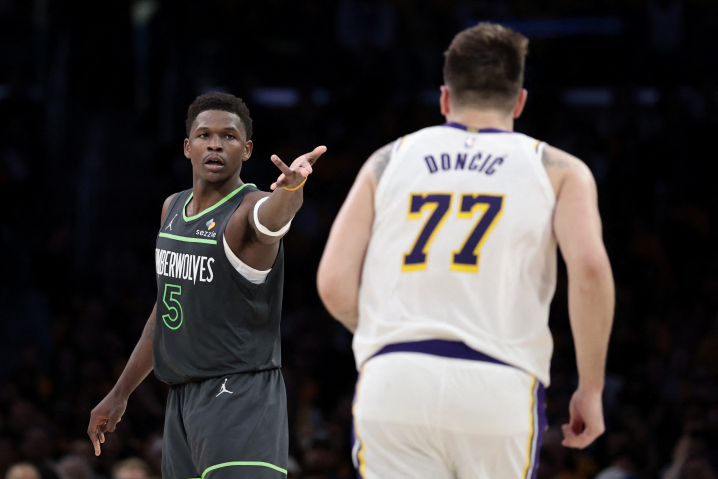
Compounding that, the use of fouls was almost non-existent early on—shockingly, theThe
Lakers didn't commit a single foul until there were four minutes left in the second quarter. That's nearly 20 minutes of basketball without a foul, which gave the Wolves freedom to operate.
Defensively, the Lakers' calculated help strategy backfired. While it's often wise to over-help off certain shooters, Minnesota made them pay.
The Timberwolves hit 21 three-pointers on a blistering 50% shooting—a number that might not repeat in Game 2, but many of those looks were wide open.
For example, Jaden McDaniels going 3-for-3 from deep was unexpected, but leaving Naz Reid that much space simply can't happen again.
Reid is one of the best shooting bigs in the league, with a lightning-quick release that makes closeouts nearly impossible.
He drained 6-of-9 from deep, and that's a luxury the Lakers cannot afford to give him again.
A big part of that success came from Minnesota's excellent drive-and-kick execution, constantly breaking down the defense and creating open looks.
That ball movement led to 29 assists for the Timberwolves—nearly double the Lakers' total of just 15, further highlighting the contrast in offensive rhythm and decision-making.
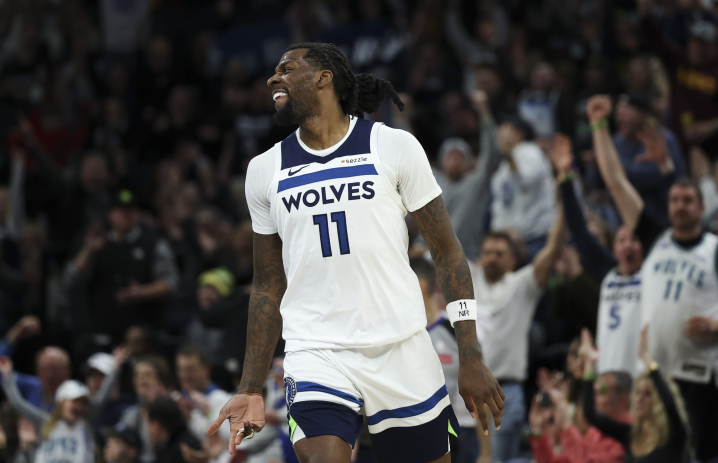
Another problem area was how the Lakers dealt with that drive-and-kick game. Their penetration and ball movement—sparked in part by Randle's playmaking—tore the defense apart at times.
The Lakers over-helped too often and were constantly a step behind. To improve in Game 2, the one-on-one defense needs to tighten up.
It's about striking the right balance—helping when it's needed, but not overcommitting and giving up easy looks.
The Lakers leaned too far into helping, which ultimately made life easier for Minnesota's shooters.
These are the kinds of details that can swing a game—and Redick's staff needs to be ready with a solid Plan B.
But the problems weren't limited to defense.
Offensively, the Lakers struggled even more. From the opening tip, Minnesota switched everything defensively—something that wasn't surprising given Luka Doncic's offensive skillset.
Having drop coverage as primary pick and roll coverage with Rudy Gobert against Luka would be a disaster, and switching was the logical counter. Still, Doncic found ways to produce, especially in isolation.
Against Gobert, Luka went 3-of-6 in one-on-one situations—a solid 50%.
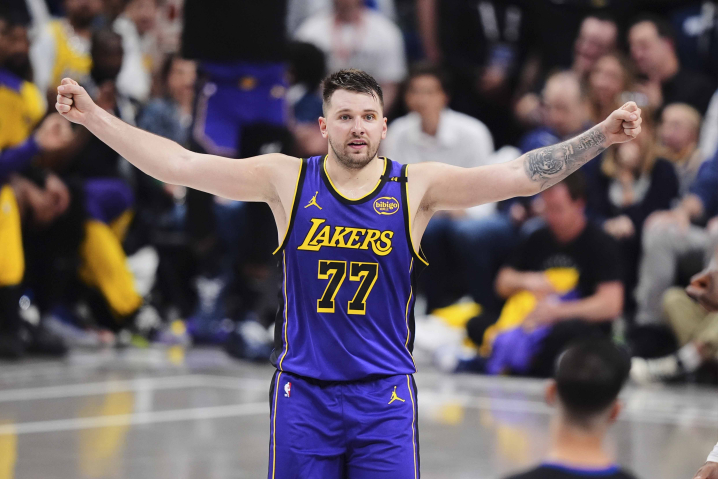
However, others struggled. LeBron James and Austin Reaves had a tough time creating separation against the defensive trio of Gobert, Randle, and Naz Reid.
LeBron shot just 2-of-7 against Randle, 1-of-3 against Reid, and 1-of-3 against Gobert. Reaves didn't fare much better—he went 0-of-1 when defended by Randle and just 1-of-4 against Gobert.
Those three held their ground and gave up very little, not just to LeBron and Reaves but throughout the game. Minnesota's defensive rotations were crisp, physical, and disciplined.
Mismatch hunting is a core concept in today's NBA, and the Lakers are no exception, especially with the individual talent they have in Luka Doncic, LeBron James, and Austin Reaves.
With that trio, the Lakers have the ability to exploit favorable one-on-one matchups and create advantages through isolation play.
That was clearly part of their strategy in Game 1 against Minnesota, but the execution left a lot to be desired.
Instead of targeting weaker defenders like Mike Conley or Donte DiVincenzo, using physicality against players like this.
The Lakers often found themselves going at elite defenders such as Rudy Gobert, Naz Reid or even Jaden McDaniels and Nickeil Alexander-Walker.
Even when they did get a favorable switch, the decision-making wasn't sharp—missed opportunities, rushed possessions, and poor shot selection prevented them from fully capitalizing.
Heading into Game 2, expect the Lakers to be more deliberate with their mismatch hunting, focusing on attacking Minnesota's weak links and maximizing their one-on-one advantages.
Now comes JJ Redick's most crucial decision yet: does he double down on the system that got the Lakers here, or make key adjustments to counter what Minnesota exposed in Game 1?
Sticking to his philosophy might pay off with better execution, but it could cost the Lakers dearly if the same cracks appear.
